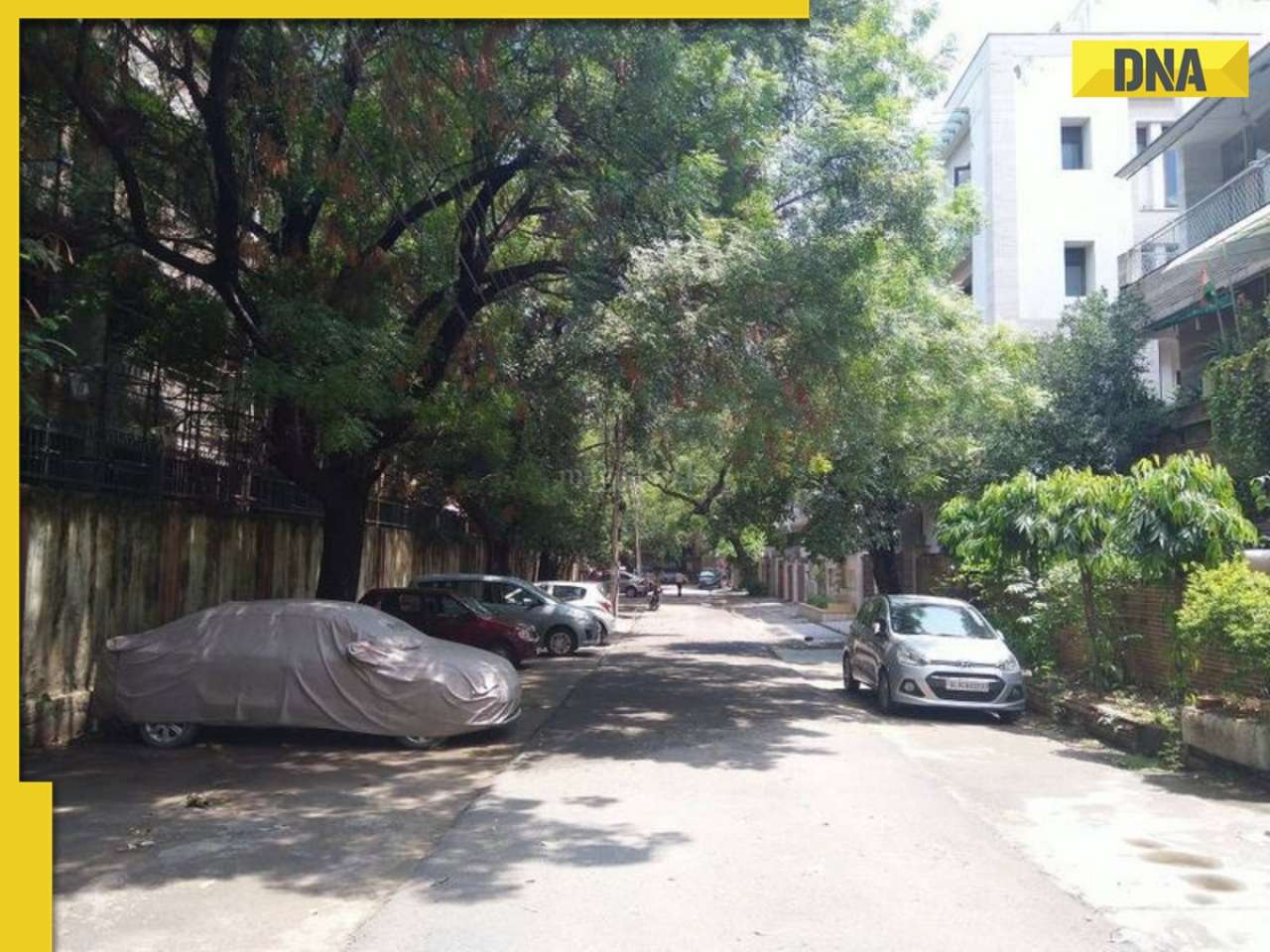- LATEST
- WEBSTORY
- TRENDING
HEALTH
COVID-19 alert: How dangerous is new Covid variant Omicron BF.7? Should you be concerned?
Omicron, BF.7 variant is claimed to be more infectious, more immune systems evasive, and so more transmissible.
TRENDING NOW
Omicron BF.7 is the most common strain of Covid in China and it is responsible for widespread illness, a shortage of medical resources, and an increase in the number of persons being sent to the mortuary. As the situation in China continues to deteriorate, concerns about a new shutdown and a possibly devastating wave have spread throughout the globe.
The Omicron subtype BF.7 is thought to be more infectious than the main strain because it is more difficult to detect by the immune system. In October of this year, India found the first person with the BF.7 variant.
There have been a total of four confirmed BF.7 cases in India so far. According to PTI, two of the cases were recorded in Gujarat and one was reported in Odisha. The three instances of the variation that have been found in India have not led to an increase in Covid cases in the nation as a whole.
The three instances of the variation that have been found in India have not led to an increase in Covid cases in the nation as a whole.
A prominent scientist at the Gujarat Biotechnology Research Centre, which discovered the initial instance, Dr. Madhavi Joshi, stated, "BF.7 has been identified in India, but fear should not be raised since it is from Omicron's family."
Additionally, he said that, unlike in other nations, the BF.7 version did not have a disastrous effect in India. Still, the expert urged that individuals "wear masks, avoid gatherings, and observe hand hygiene."
Covid vaccines developed in China are only approximately 60% effective against the severe illness, while mRNA vaccines protect against the disease by over 90%, yet China is still inoculating its people with them.
WHO reports that 87 percent of the Chinese population has received two doses of local homologous vaccines such as Sinopharm or Sinovac-Coronavac. However, only 55% of the population has actually had a booster shot.
Despite their increased susceptibility to life-threatening diseases, the elderly have shown surprisingly little enthusiasm for booster doses.
Also, READ: COVID-19 alert: Steps taken by Karnataka, Maharashtra, Delhi, UP, others; check state-wise top updates
How dangerous is the Omicron BF.7 variant?
An increase in COVID-related mortality in China into the millions has been projected by epidemiologist Eric Feigl-Ding. He predicts that within 90 days, almost 60% of the Chinese population would be affected.
BF.7 is a version of the Omicron virus, and it has improved immune evasion properties, so the conventional wisdom goes. Anyone, even those who have been infected previously or who have had Covid vaccination doses, is at risk of contracting BF.7.
WHO has already issued a warning about the BF.7 Omicron variety, stating that it posed a threat of becoming the next dominant form.
"China is now experiencing the typical Omicron surge that other countries have already witnessed, and just like the one Hong Kong saw when it relaxed its restrictions,” Dr Anurag Agarwal, head of India's genome sequencing consortium told The Indian Express.
As a result of prior illness and immunisation, he said, this new Omicron wave is expected to be less severe in India. Furthermore, the Omicron and Delta waves have already been experienced in India. Numerous deaths have occurred, yet the survivors now have better immune systems.







)
)
)
)
)
)
)
)
)
)
)
)
)
)
)
)
























































